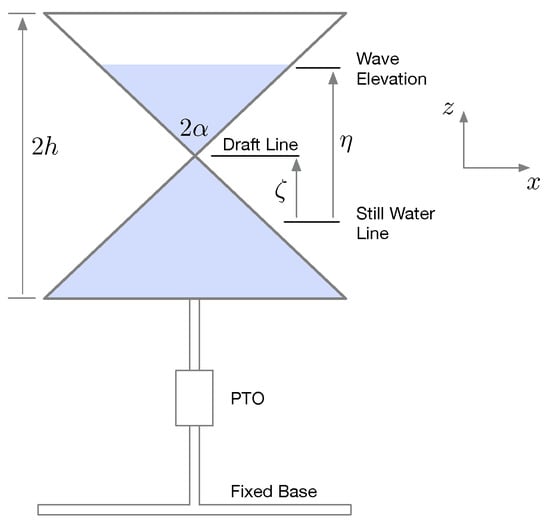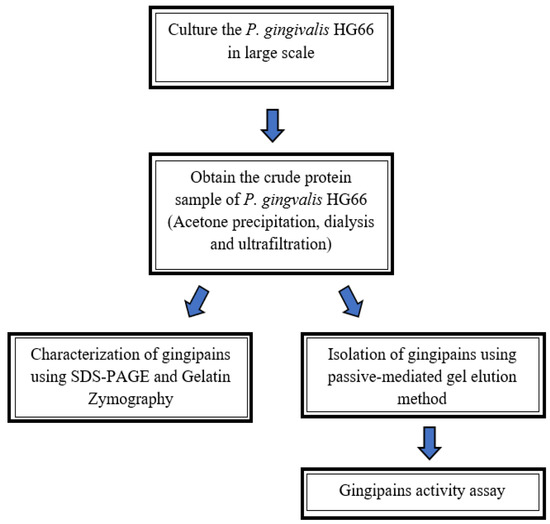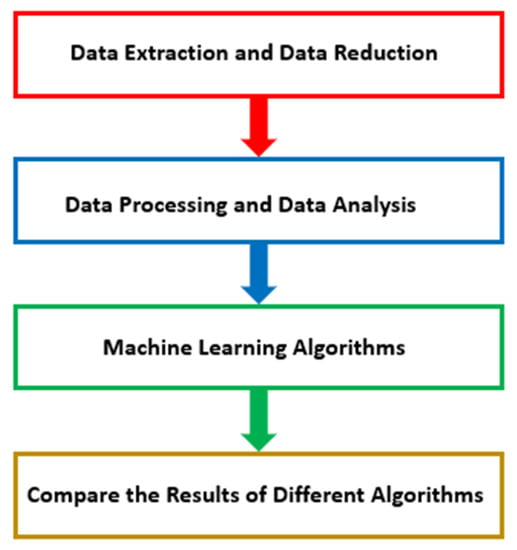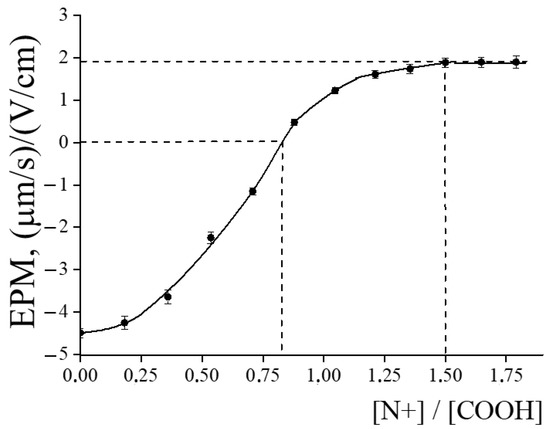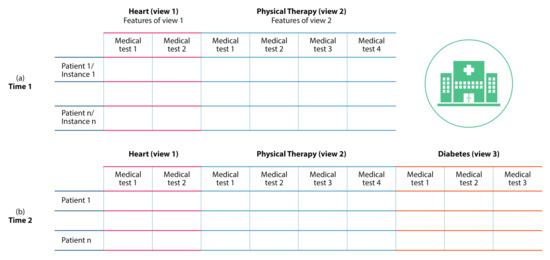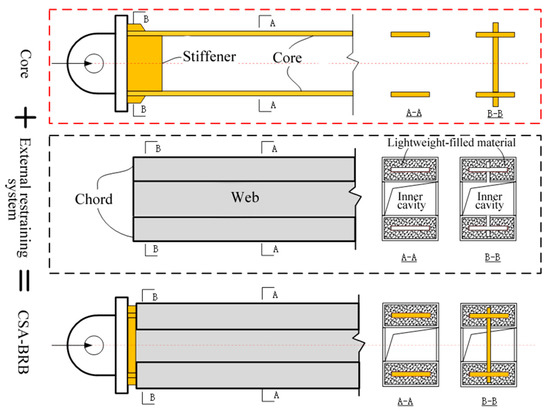1
Computational Materials Design Laboratory, Department of Chemical Engineering, Konkuk University, Seoul 05029, Republic of Korea
2
Division of Chemical Engineering, Konkuk University, Seoul 05029, Republic of Korea
Appl. Sci. 2023, 13(7), 4318; https://doi.org/10.3390/app13074318 - 29 Mar 2023
Cited by 4 | Viewed by 1936
Abstract
Predicting the dielectric strengths of organic compounds is critical for identifying potential insulating gases. However, experimental evaluation techniques are time-consuming, and current computational protocols are limited in scope. In this study, to develop a reliable prediction protocol for the dielectric strengths of a
[...] Read more.
Predicting the dielectric strengths of organic compounds is critical for identifying potential insulating gases. However, experimental evaluation techniques are time-consuming, and current computational protocols are limited in scope. In this study, to develop a reliable prediction protocol for the dielectric strengths of a broad array of perfluorocarbon (PFC) and non-PFC compounds, systematic linear regression is combined with computational calculations of relevant core factors. The designed equation-based protocol is demonstrated to have four core factors, including two high-correlation factors (polarizability and molecular weight) and two critical factors (ionization energy and highest occupied molecular orbital (HOMO)–lowest unoccupied molecular orbital (LUMO) gap). The two critical factors are crucial for determining a suitable protocol, as reliable predictions of dielectric strength are only possible if the ionization energy and HOMO–LUMO gap are maintained within specified ranges for all the compounds. These findings can act as design guidelines for future computational protocols to predict the insulating properties of PFC and non-PFC compounds.
Full article
(This article belongs to the Section Chemical and Molecular Sciences)
▼
Show Figures



